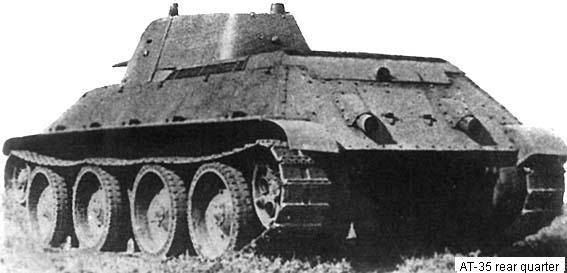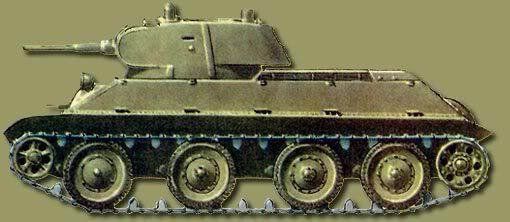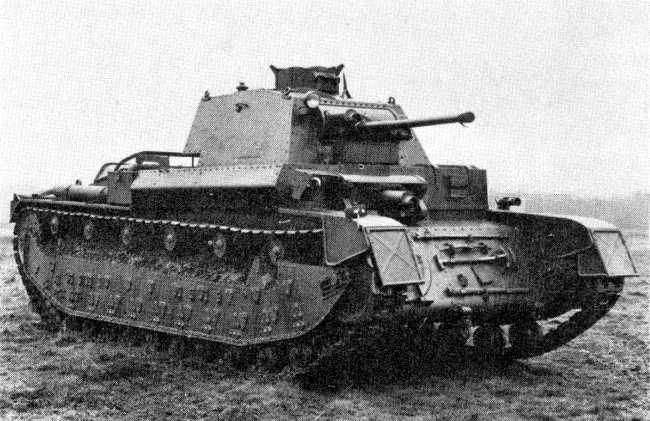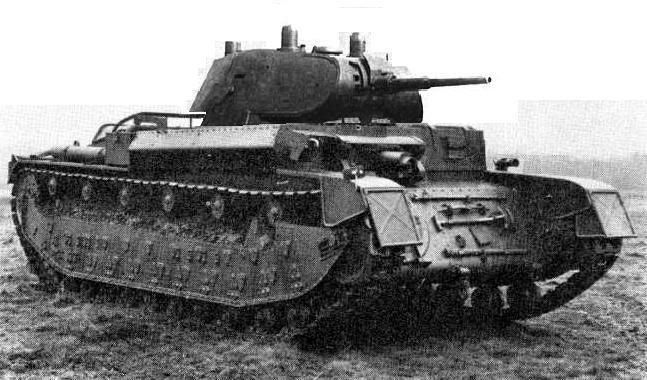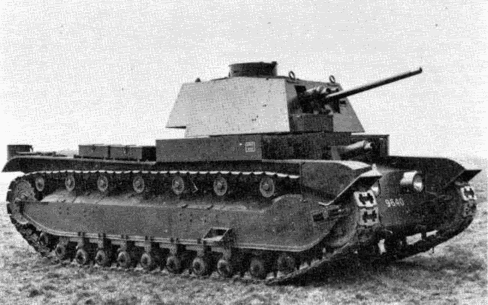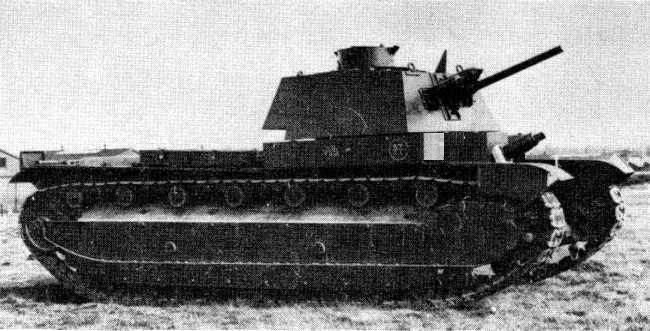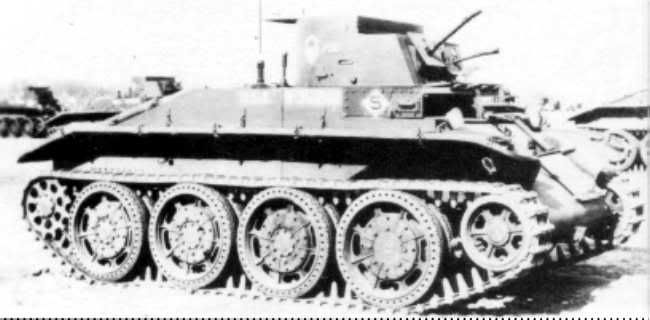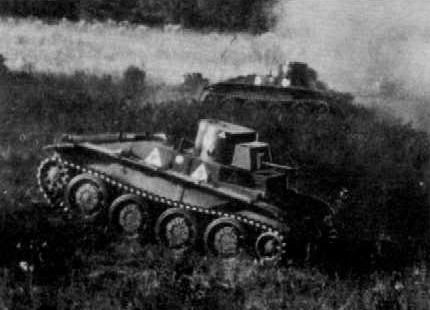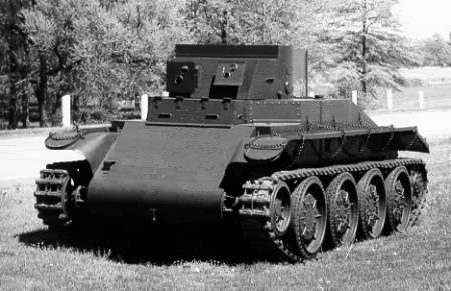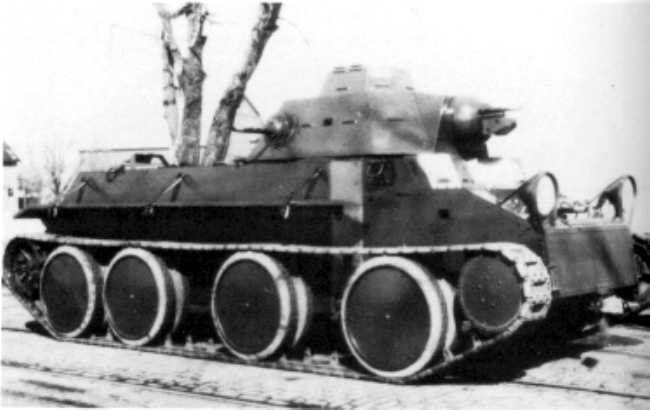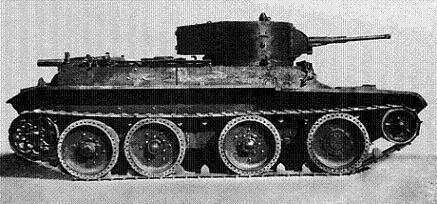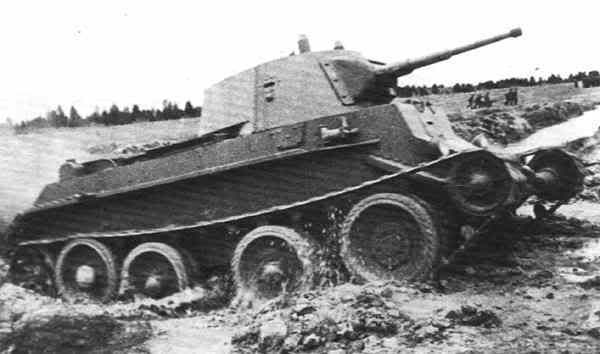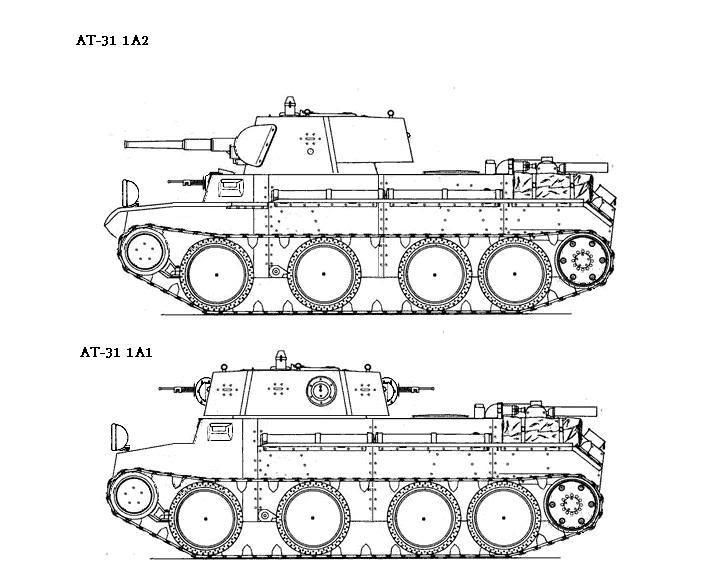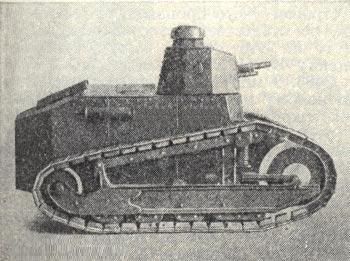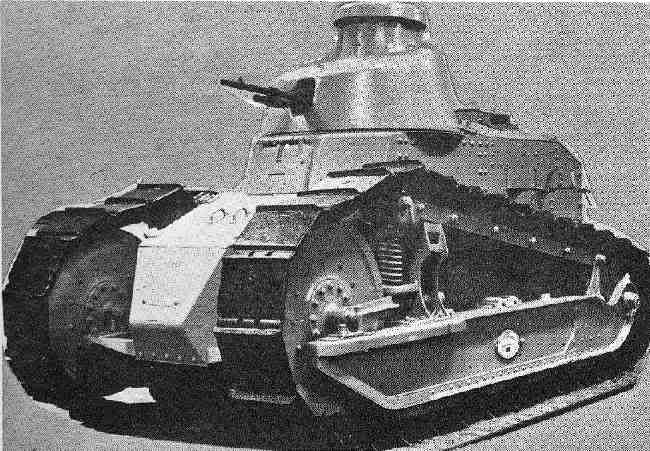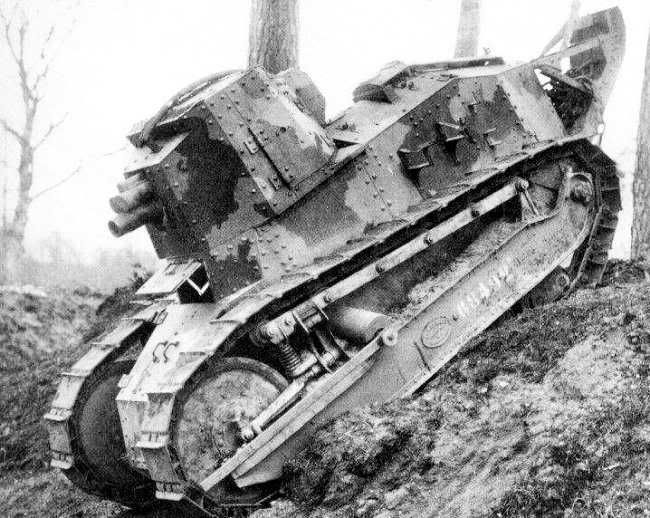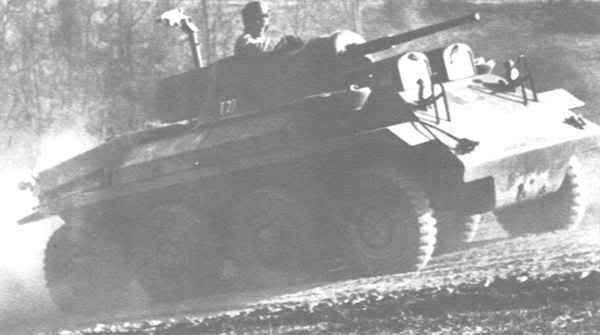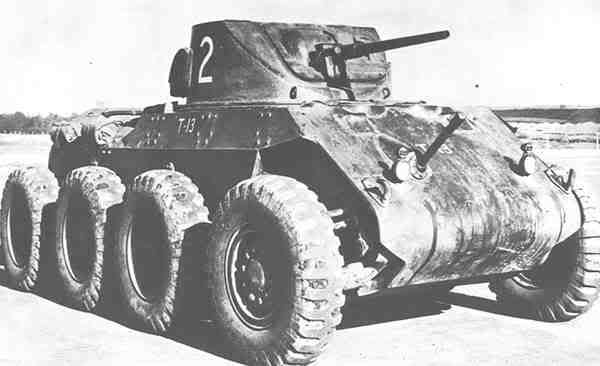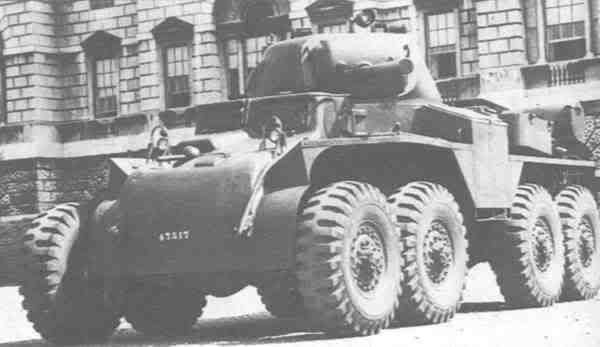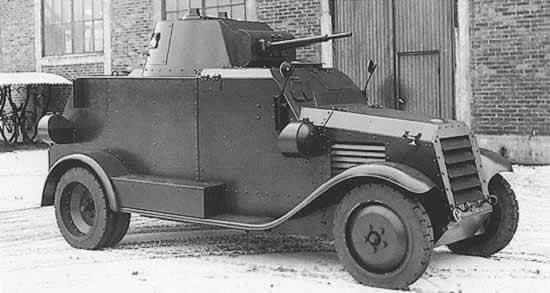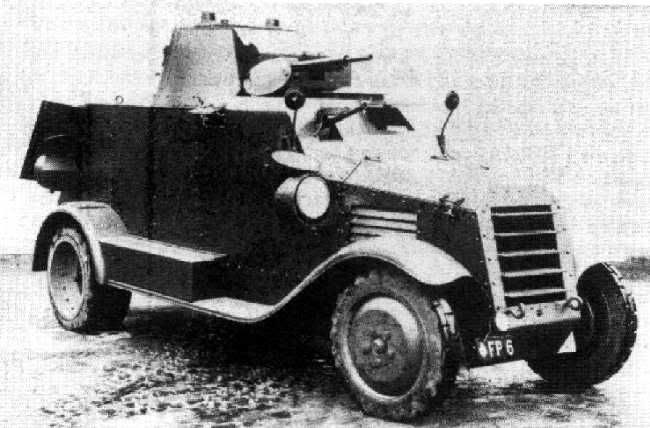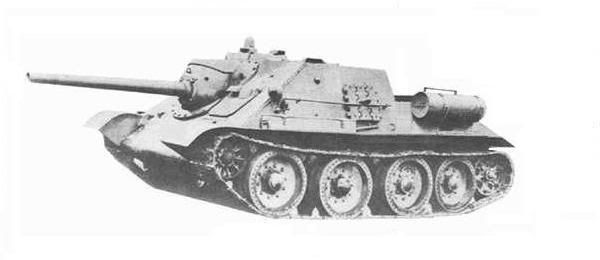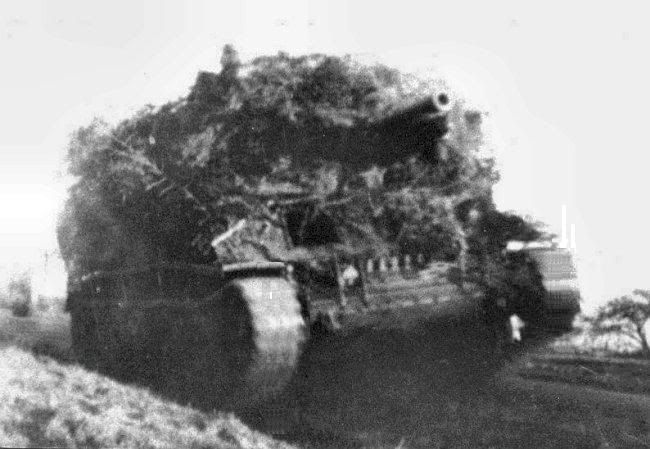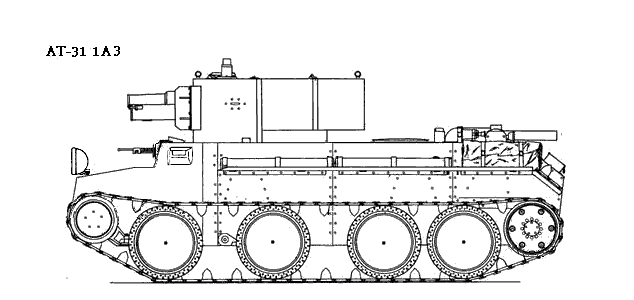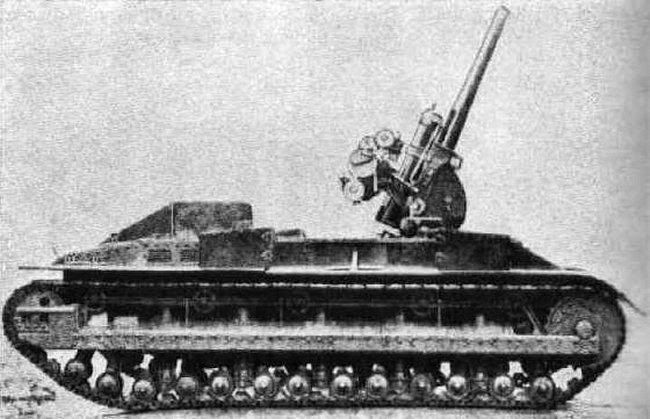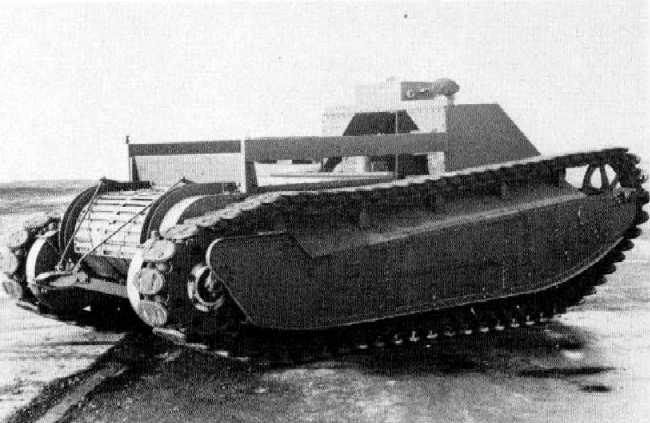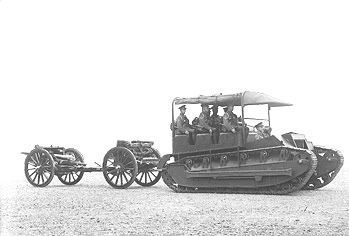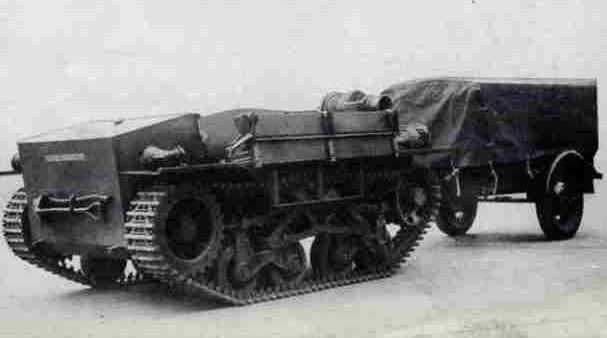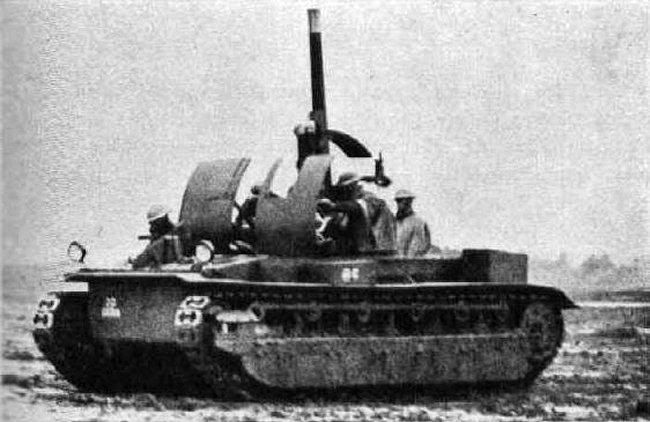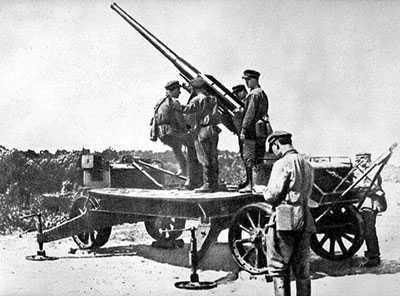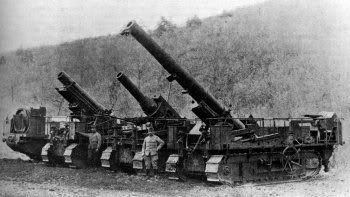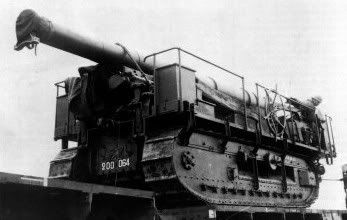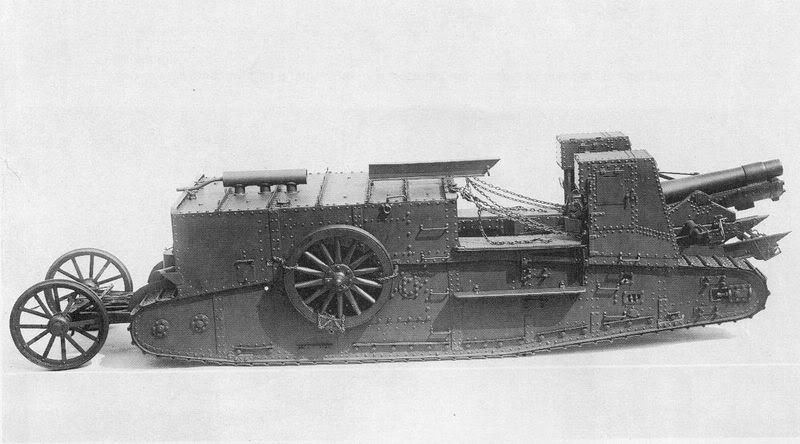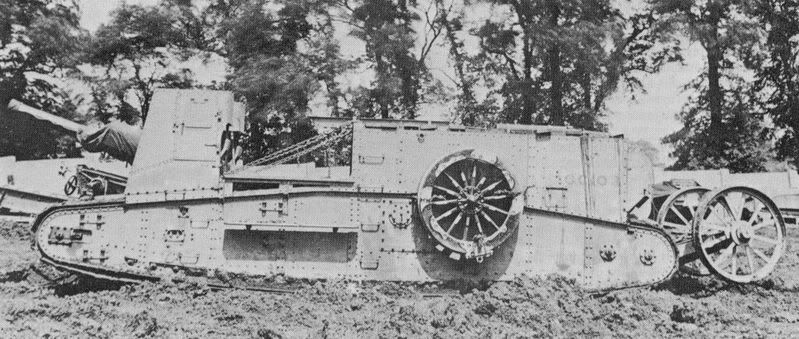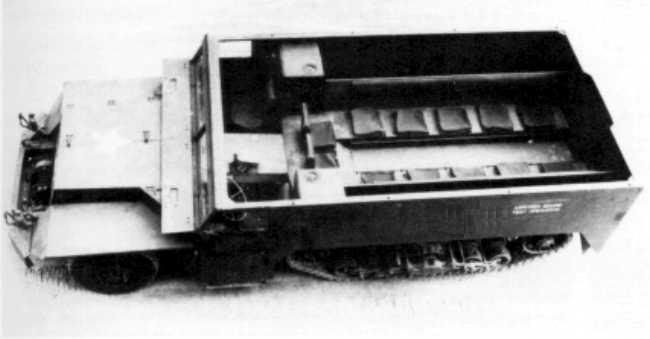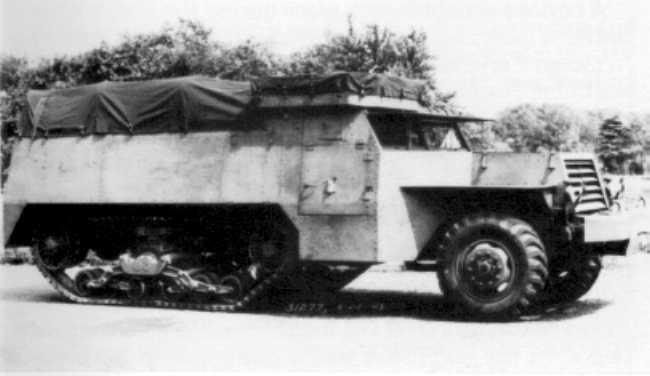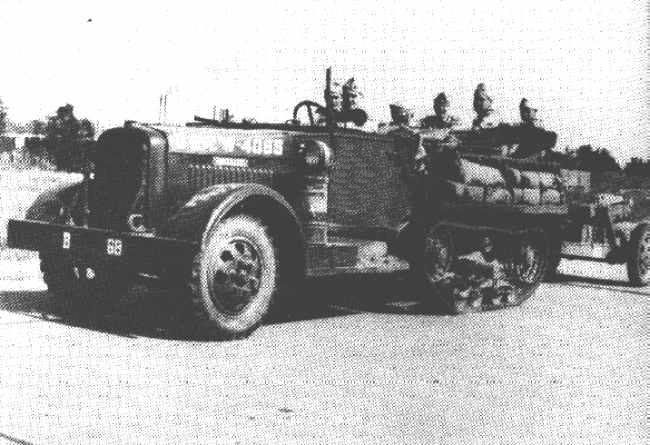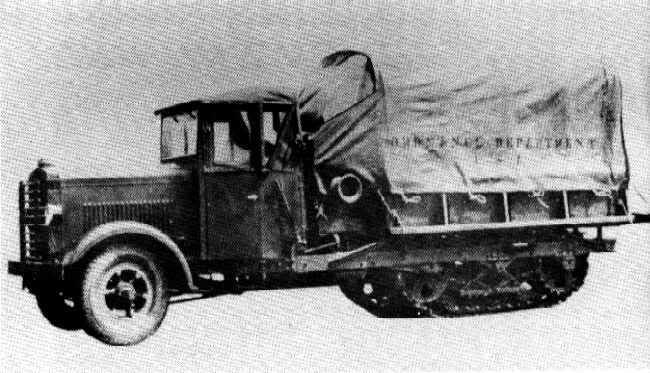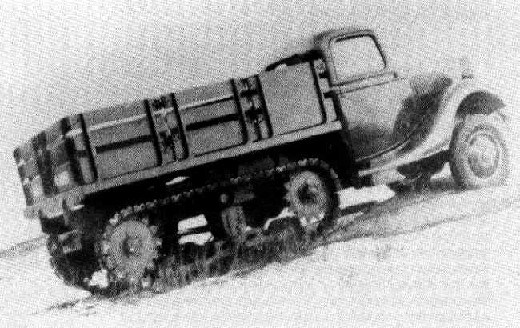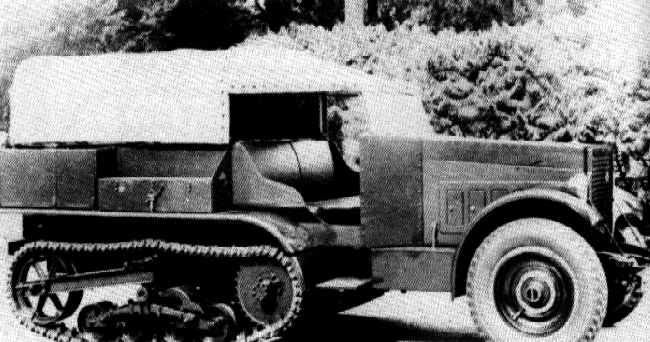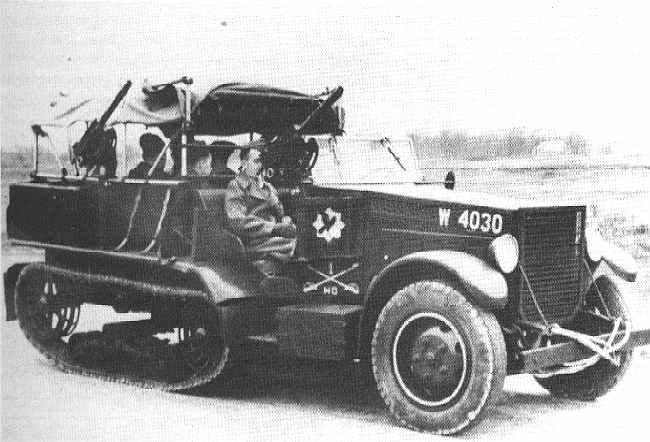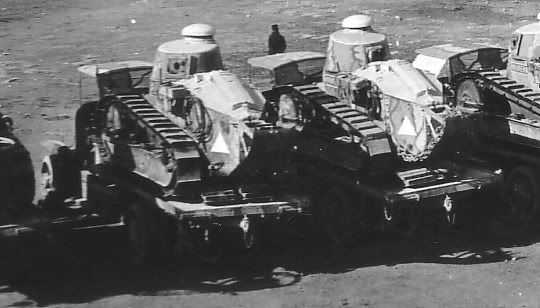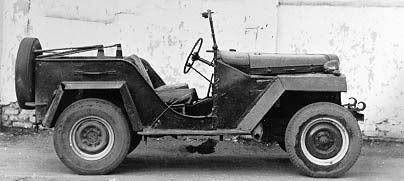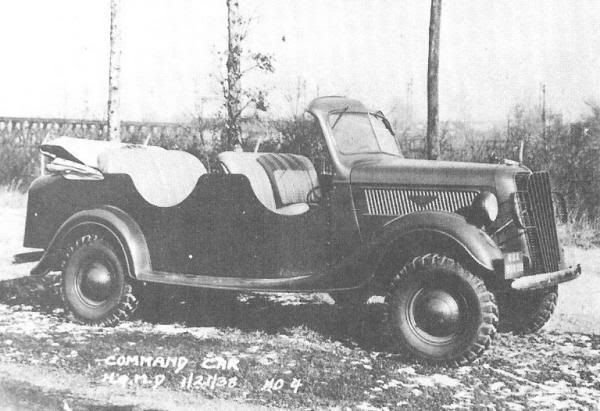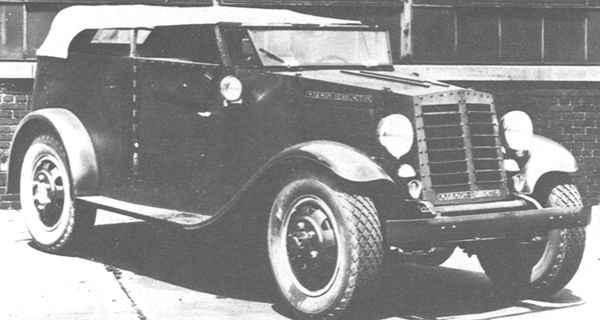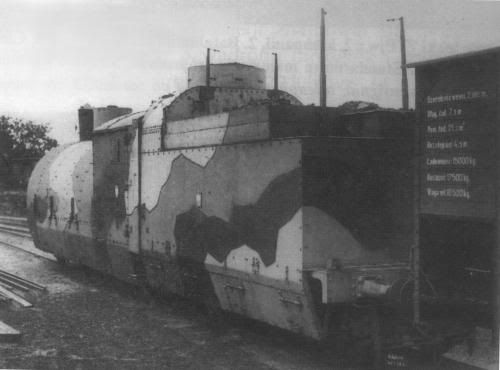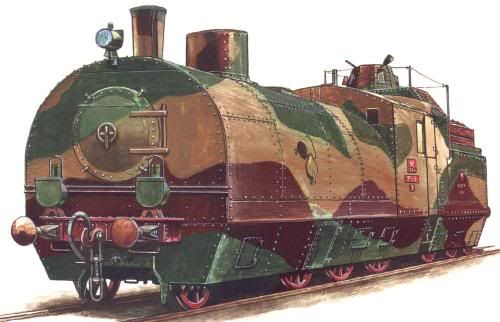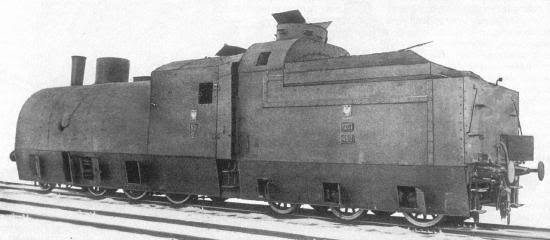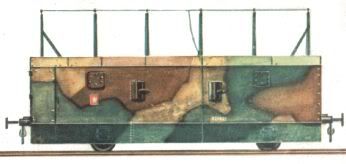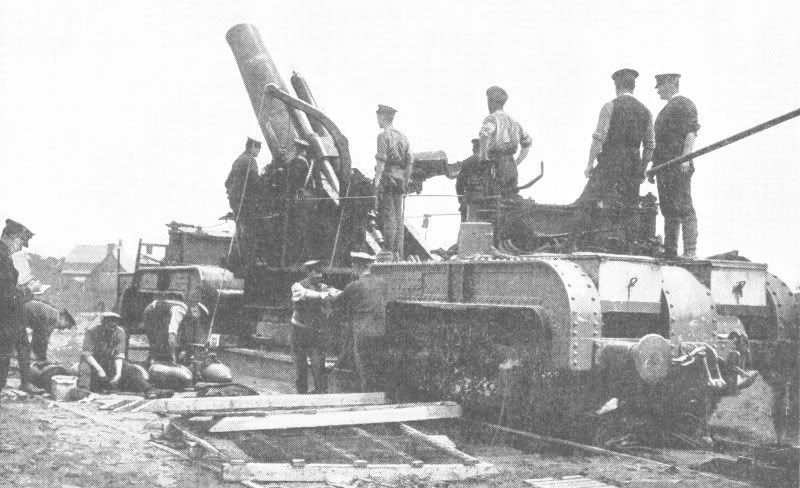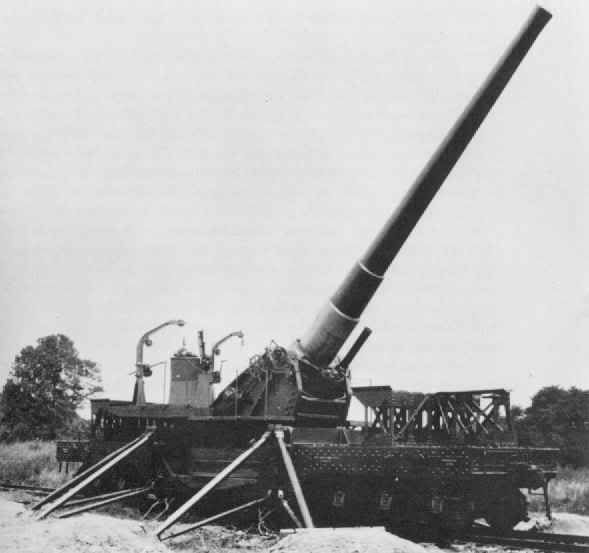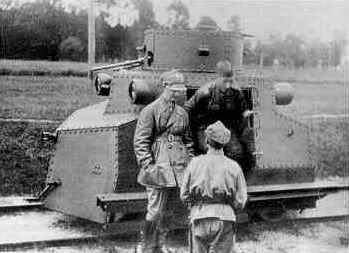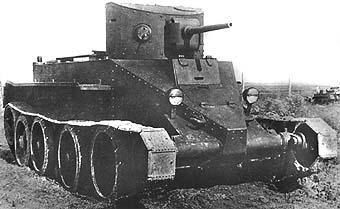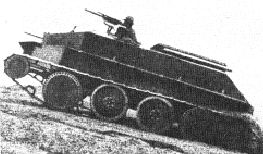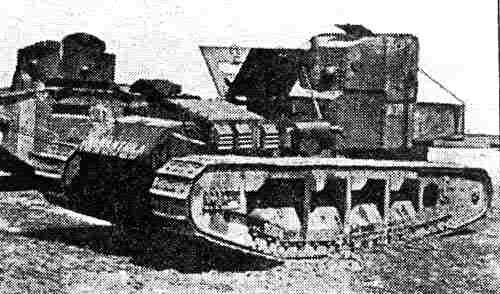Atlantean Small Arms, Part I
Firearms Makers and Designers
Azeas Arsenal
Military-sponsored arsenal created during the Great War to increase production of PO rifles; Azeas eventually developed its own firearms to market to the army.
Eleuthera Arms
A minor manufacturer which designed the Mle.16 Eleuthera Automatic Rifle (EAR).
Virilus Iacchus
Atlantean firearms designer and engineer (1904-). Iacchus served as an understudy to Linos Idos during his university days and now works with Callidus Lycurgus.
Marcus Idos
Atlantean firearms designer and engineer, (1865-?). Designed the .30 Idos round in 1888 and the Idos revolver in 1889, and contributed to the design of the PO-type rifle in 1894. Probably retired in the mid-1920s.
Callidus Lycurgus
Atlantean firearms designer (1894-). Crippled during the Great War, he was moved to designing firearms following his recovery, and designed the ID M-2 rifle in 1917. In 1929 he was hired by Azeas Arsenal and now works on designing semiautomatic rifles and carbines.
Taurus National Factory Arsenalworks (Taurus NFA, also Colt Atlantis)
Taurus is a privately owned Atlantean manufacturer which holds the production license for Colt firearms. Taurus engineers also invented the AtlanTen pistol caliber.
Thera Arsenal
Thera Arsenal is one of the smaller firearms manufacturers in Atlantis, chiefly responsible for manufacturing ammunition. However, engineers working for Thera designed the Thera Submachine gun.
Cartridges
Handguns and SMGs
6.35x17 Short (.25 Short) Used in pocket pistols, the .25 Short is not usually viewed as fit for serious military uses.
7.62x24 Rimmed (.30 Idos) Developed in 1890 for the Idos revolver, this rimmed round has a flat, high-velocity trajectory, but is often criticized for lacking the required punch.
10x23 AtlanTen (.393 Taurus) A powerful and modern ten-millimeter pistol round developed in 1919, the AtlanTen is now viewed as the standard for Atlantean pistols and SMGs. (Note 1)
Rifles and Machine Guns
6.5x51 Experimental (.255 Nemesis) The .255 Nemesis is an experimental round introduced in the 1930s for consideration in a semiautomatic rifle.
7x45 Carbine (.275 Aiolos/.275 Carbine) Introduced in 1933, the .275 Carbine is an experimental rimless round developed for a lightweight carbine for support troops. (Note 2)
7x55 (.275 Iapetos) Introduced in 1933, the .275 Iapetos is an attempt to achieve better accuracy. The .275 Iapetos was developed concurrently with the .255 Nemesis.
7.62x57 (.30 Alcyone) The .30 Alcyone was developed in 1917 to replace the .30 Orion as the main cartridge of the Atlantean infantry. As of the 1930s it is the standard round used by the Atlantean army. (Note 3)
7.62x60 Rimmed (.30 Orion) The .30 Orion was developed in 1895 by making a necked-down 11x60 Hercules cartridge, substituting smokeless powder, and using a centerfire primer rather than a rimfire primer. Despite the cartridge�s shortcomings on accuracy, it was used throughout the Great War by Atlantean infantry. Currently used only by reserve troops and training cadres.
11x60 Rimfire (.43 Hercules) The .43 Hercules was originally a black powder cartridge developed in the 1870s, and was fully replaced in military service by the .30 Orion in the 1910s, but might still be in back-stocks, say for shipping to guerrilla movements in case of war. (Note 4)
12.7x100 Heavy (.50 Bolo) Designed for a very heavy machine gun, now used in tanks, aircraft, etc. (note 5)
Handguns
Idos M&P (Military & Police) Revolver Model of 1892 First manufactured in 1890, the Idos was the standard Atlantean sidearm during the Great War. The Idos is very reliable and widespread among both military and police units across the Atlantean realm. The Idos is chambered for the 7.62x24 (rimmed) caliber.
Idos Officer IO Semiautomatic Model of 1907 - The first semiautomatic pistol manufactured in Atlantis, the IO is chambered for 6.25x17 Short (.25 Short) round. It is generally given to senior officers and staff workers.
Idos Semiautomatic Model of 1912 the Idos Mle.12 is a semiautomatic pistol chambered for both .25 Short and .30 Idos. The Mle.12 was not as popular as the Idos M&P revolver, and was chiefly notable for the Mle.14 Artilleryman Carbine conversion, which featured a 10 barrel, a wooden forward handgrip, and a detachable shoulder stock. In this particular incarnation it was highly desired by cavalry and support troops, who valued it�s small size and light weight. (Note 6)
Taurus PO-AP Semiautomatic Model of 1919 Developed from the American m1911 during and following the Great War. The Taurus is replacing the Idos in many frontline units. The PO-AP is chambered for 10x23mm AtlanTen.
Submachine Guns
Thera Model of 1916 Hurriedly developed for use in trench warfare during the Great War, the Thera Th16 SMG was generally an unreliable weapon prone to jamming and stoppages. The Th16 is chambered for 7.62x24 Rimmed. The Th16 is distinctive for its curved magazine mounted on the left side of the gun. (Note 7)
Thera-Eleuthra Model of 1918 A refined version of the Th16, the Tel18 features a more robust action less prone to stoppages and a new bolt design.
Thera-Eleuthra Model of 1924 The Tel24 is an updated version of the Tel18, featuring a laminate wood stock and Monte Carlo grip. The Tel24 is also chambered for the newer 10x23mm AtlanTen cartridge, and can be distinguished from earlier models by the straight �stick magazine.
Azeas Model of 1931 The Az31 is developed around a new bolt design substantially different from the Tel24, but nevertheless takes the same magazines and ammunition. The Azeas is cheaper to manufacture, more reliable, and more accurate than competing Thera designs. The Azeas also features a pistol-style grip (not seen in previous Thera-Eleuthra SMGs) and a magazine oriented down rather than to one side. The Azeas is thus replacing the Thera-Eleuthra in frontline units. (Note 8 )
Azeas Model of 1934 The Az34 features several small changes including an improved feed ramp and a wood laminate hand-guard to keep the shooter from being burned by a hot barrel. Some versions also feature a folding stock.
Future War Emergency SMG? The FWE-SMG is basically an attempt to produce a submachine gun more rapidly and cheaply than the Azeas. Made with stamped metal parts rather than milled, the FWE-SMG doesn�t always fit together perfectly, leading troops to dub it the Rattlesnake (or more unkindly, the Rattleshake).
Notes:
1. The AtlanTen 10x23 is supposed to be a cross between the American .45 and the European 9mm.
2. The 7x45 is marked as experimental with examples in the field, since this caliber is slightly early for its day. This round is going to be rather similar to the American .30 Carbine introduced in 1941 OTL, but with more power behind it. If Atlantis is looking for an assault rifle by 1940-45, this round would serve as an excellent starting place.
3. The 7.62x57 Alcyone is going to look very much like the German 8mm Mauser in terms of ballistics and penetration.
4. The .30 Orion is a bit of a 'misstep', being a rimmed rifle round similar to the Russian 7.62x54R, when the rest of the world is shifting to rimless. While it's not a serious fault, it caused an eventual redesign into the 7.62x57 Alcyone round.
5. .50 Bolo is one millimeter longer than the American .50BMG round (which has served the US from 1921 to the present day). You'll see this one everywhere, for a long time.
6. The Mle.14 Artilleryman Carbine is based in principle on the German "Artillery Luger". Too big for a sidearm, too weak for a submachine gun or carbine...
7. A first proper submachine gun, rushed hurriedly into service. Based on the German MP18 Erma SMG.
8. The Azeas Az31 is very similar to the Thompson submachine gun.
Atlantean Small Arms, Part II
Rifles
PO Rifle (Idos/Mauser rifle)
The PO rifle was a series of bolt-action rifles based upon the German-designed Mauser bolt on a rifle designed by Marcus Idos. All PO rifles chambered 7.62x60 Orion. Generally, most models have a five-round fixed box magazine which is reloaded from five-round stripper clips. The PO�sonly real difficulty is the 7.62x60 round, which was rapidly outclassed by comparable rounds of the early 1900s. (Note 1)
New Model Army, Infantry Model of 1895 The original PO rifle, the PO Mle.95 served as the main Atlantean rifle throughout the Great War. Features a 28 barrel.
Dragoon Model of 1897 The PO Mle.97 Dragoon is similar to the Mle.95 rifle, but features a substantially shortened barrel (22 ) and a cut-down stock to reduce weight.
Cavalry Model of 1897 The PO Mle.97 Carbine is a Dragoon rifle shortened down to a 14 barrel, for use by cavalry and support personnel.
Training Model of 1898 Designed as single-shot rifle for training infantrymen, the PO-98 is cheaply made to conserve costs.
Marksman Model of 1907 The PO Mle.05 Sniper rifle is assembled using hand-picked and fitted parts, and features a mount for a 2.5x power rifle scope.
Infantry Model of 1908 The PO Mle.08 is an updated PO Mle.95 rifle featuring an improved safety and new sights, as well as a chromed bore.
Corsair (Marine) Model of 1910 The PO Mle.10 was designed for use by Atlantean marines, and features a short barrel (20 ) and a chromed bore.
Infantry Model of 1915 The PO Mle.15 is a streamlined design arranged for war production. The PO Mle.15 features a 24 barrel in an attempt to create a single rifle for the infantry, marines, cavalry, and support troops. By the end of the Great War the Mle.15 is the standard PO rifle.
Export Model of 1916 Sent to Russia during the Great War, the PO Mle.16 Export is chambered for 7.62x54 Russian. Some PO Mle.16 Export rifles remained in Atlantis. (Note 2)
Air Service PO A survival rifle designed for pilots shot down in enemy territory. The Air Service PO lacks a forward stock, and has an integral 25-round (!) magazine. (Note 3)
Trench Gun PO A conversion to a PO rifle which was supposed to permit it to fire the .30 Idos pistol round at full automatic. Generally regarded as a failure. (Note 4)
Lycurgus ID M-2 Rifle (Lycurgus Rifle)
The ID M-2 was designed during the Great War to address some of the perceived problems with the PO rifle. The ID M-2 was designed to chamber the new Atlantean rifle cartridge of .30 Alcyone, and featured as standard a bent bolt, ladder sights, and a detachable ten-round box magazine. Most versions of the ID also feature an integral muzzle brake that helps reduce recoil. (Note 5)
Infantry Model of 1919 mod.A1
The ID M2 Mle.19 rifle is the first production ID rifle, with a 24 barrel and hood-style front sights. Being upgraded to the mod.A2 standard starting 1932.
Infantry Model of 1919 mod.A2
The Mle.19A2 is a modification of the A1; the A2 features a Monte Carlo-style laminate wood stock, an improved magazine release catch, and sturdier rear sights. Mle.19A1 rifles are being updated to this standard. This modification actually started in 1932.
Dragoon Model of 1921
The Mle.21 Dragoon features a 17 barrel, but lacks the integral muzzle brake.
Officer�s Carbine of 1924
The ID Mle.24 is similar to the Mle.21 Dragoon, but has an 18 barrel with a muzzle break. Not very common.
Jungle Carbine of 1926
Designed for use in the jungles of South America, the Jungle Carbine features a 16 barrel with a flash suppressor and a shortened black walnut stock treated to prevent cracking in humid climates. (Note 6)
Parachutist Rifle Model of 1933
The Mle.33 is a specialized version of the ID rifle intended for use by Atlantean parachute or glider-borne infantry. The barrel detaches from the butt stock and receiver, and the forward hand-guard can then be removed, shortening the overall length of the rifle. The barrel, the longest piece, is 22 , while the forward guard is 16 and the stock is 20 . Due to the removable barrel some problems with accuracy have been recorded, mostly due to the sights becoming unaligned. (Note 7)
Export Infantry Model of 1933 Similar to the Mle.19A2, but without an integral muzzle brake to reduce overall cost. Can come in any length from 16 (carbine) to 24 (standard).
Azeas-Lycurgus SLR (Azely Rifle)
One of the early self-loading rifles developed by Callidus Lycurgus during his time at Azeas Arsenal, the Azely is chambered for .30 Alcyone. Lycurgus stopped working on the Azely in 1932 and began concentrating on a new design. The Azely has many of the same features as the ID M-2 rifle, such as an integrated muzzle brake and a removable ten-round box magazine. Not in regular military service. The Azely features a complicated gas blowback system and a side-swinging bolt, which jams easily under field conditions. (Note 8)
IL Self-Loading Rifle (Iacchus-Lycurgus SLR) A new SLR designed as a substitute for the Azely by the team of Callidus Lycurgus and Virilus Iacchus. Iacchus designed a direct-impingement gas blowback system while Lycurgus designed a new sliding bolt. The IL rifle has a ten-round removable box magazine, adjustable front and rear sights and an integral muzzle-brake. The IL experimental rifles are chambered for three different calibers: .30 Alcyone, .275 Iapetos, and .255 Nemesis. All have 24 barrels although the designers claim an 18 barrel can be manufactured as well. This rifle will probably be adopted as soon as testing is complete and a caliber is chosen. (Note 9)
ILSLR Model of 1934A1 The Mle.34A1 is chambered in .30 Alcyone and is the heaviest of the rifles at 9.7 pounds.
ILSLR Model of 1934A2 The Mle.34A2 is chambered in .275 Iapetos and weighs 9.4 pounds.
ILSLR Model of 1934A3 The Mle.34A3 is chambered in .255 Nemesis and weighs 9.2 pounds.
AP Carbine (Azeas-Petra)
The AP carbine uses the radical new 7x45 (.275 Aiolos) rifle round in a semiautomatic repeating carbine. The system uses a rotating bolt and a gas return rod to control recoil. Every effort was made to keep the weight below 6 pounds. The Azeas-Petra comes with a removable box magazine holding ten, fifteen, or twenty rounds. Barrel length is 18 . Accuracy is good out to 250 meters but then drops off sharply. No units are yet equipped as design work is not yet complete. (Note 10)
Carbine Model of 1935A1
The Mle.35A1 is the standard version of the Azeas-Petra carbine, developed for junior officers, artillery crews, truck drivers, and armoured personnel.
Parachutists Model of 1935A2
The Mle.35A2 features a pistol grip and an under-folding stock with a rubber-padded buttplate.
Other Experimental Rifles Not In Production
Machine Guns
Bolo .30 Machine Gun Model of 1914 A water-cooled medium machine gun designed to be fired from a tripod, with a two-man crew (gunner, loader/ammo carrier). The basic machine gun deployed at platoon level.
Eleuthra Automatic Rifle Model of 1916 (EAR) The EAR was developed just prior to the Great War to bolster the number of automatic weapons at the squad level of the Atlantean Army. The EAR operates using a 25-round box magazine, and comes standard with a pistol grip. The box magazine sits directly on top of the gun, and thus the sights are skewed to the left side. Left-handed shooters hate the EAR for this reason. The EAR weighs over twenty pounds loaded. (Note 11)
Mle.16A1
The original EAR, chambered for .30 Orion.
Mle.16A2
A select-fire version of the Mle.16A1 (semiautomatic or fully automatic).
Mle.16A2A
The A2A was an attempt to turn the EAR into a semiautomatic-only infantry rifle with a five or ten-round magazine. Withdrawn from service following the Great War.
Mle.16A3
The A3 features an interchangeable barrel to help in heavy combat. Unfortunately this version was a failure, as the barrel was difficult to properly secure and had a tendency to �fall out at extremely inopportune moments. Retired.
Mle.24
The updated Mle.16A2 chambered for .30 Alcyone. Now standard in the Atlantean Army (one Mle.24 EAR in each infantry squad).
Bolo .50 Machine Gun Model of 1919 (Bolo Heavy Fifty)
The Bolo Heavy Fifty is a very heavy (128 pounds with tripod) water-cooled machine gun designed to be fired from a tripod against aircraft, vehicles, and infantry. Almost always used from a vehicle-mounted pintle, aboard a tank/truck/halftrack. Similar to the Browning M2HB, it is deployed at the company level, or among air-defense troops.
Notes:
1. The PO Idos Mauser shares a slightly similar history to the American m1903 Springfield; it has the Mauser bolt heavily modified by a local designer.
2. A lot of arms ended up going to Russia during WWI, and not all of them were very good. The US sent an old 1895 lever-action rifle that we viewed as outdated... in 1898.
3. The Air Service PO is based on a design of the Springfield 03 which was distributed to pilots. The theory was that if they were shot down they could use the rifle to defend themselves while waiting for rescue. The large magazine was chosen because the designers presumed the pilots would not carry any ammunition not already loaded in the gun...
4. The Trench Rifle PO is based on a top-secret modification to the Springfield 03 called "The Pedersen Device".
5. The Lycurgus ID M2 rifle is based more heavily on the Enfield rifle while still retaining the Mauser bolt.
6. The Jungle Carbine is based off the Enfield Jungle Carbine developed by the British during WWII. It will kick like a mule due to it's light weight.
7. The breakdown Parachutists' Rifle is based on something the Japanese did for their Arisaka rifle.
8. The Azely is based closely on the existing ZH-29 rifle... but with more flaws that made it easier to junk than improve.
9. The IL-SLR is very close in operation to the Swedish AG42 rifle, with similarities to the Russian SVT38/40.
10. The Azeas-Petra AP carbine is one of the possible weapons for the future. If the Atlantean armaments people have a bit of foresight they'll make this version with select-fire and thirty-round magazines, and essentially have an early assault rifle.
11. The EAR is a cross between the French Chauchat, the American BAR, and the Czech ZB26/vz.26. Not the best, but not required for urgent replacement, either. It handled the switch to the new caliber well.

